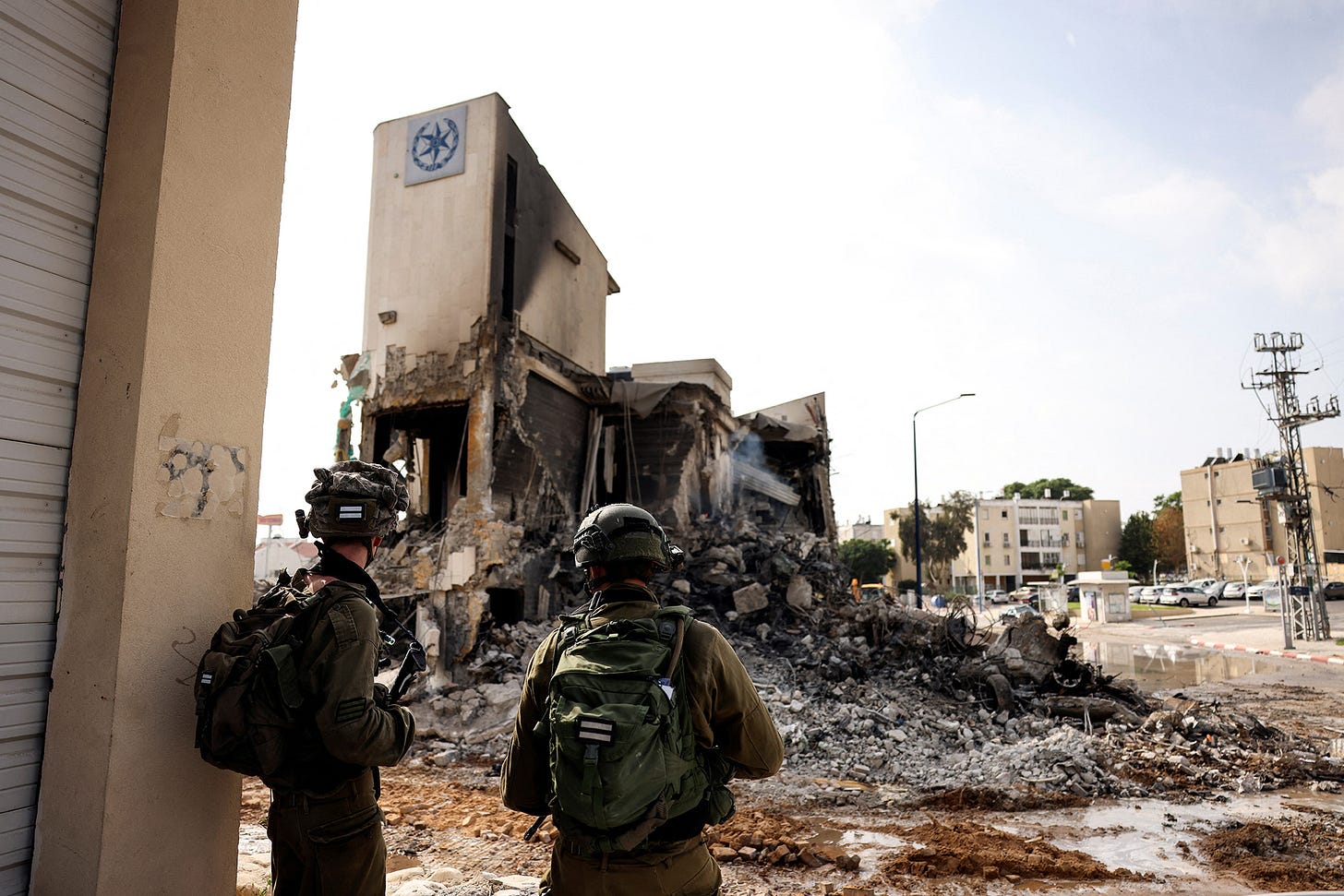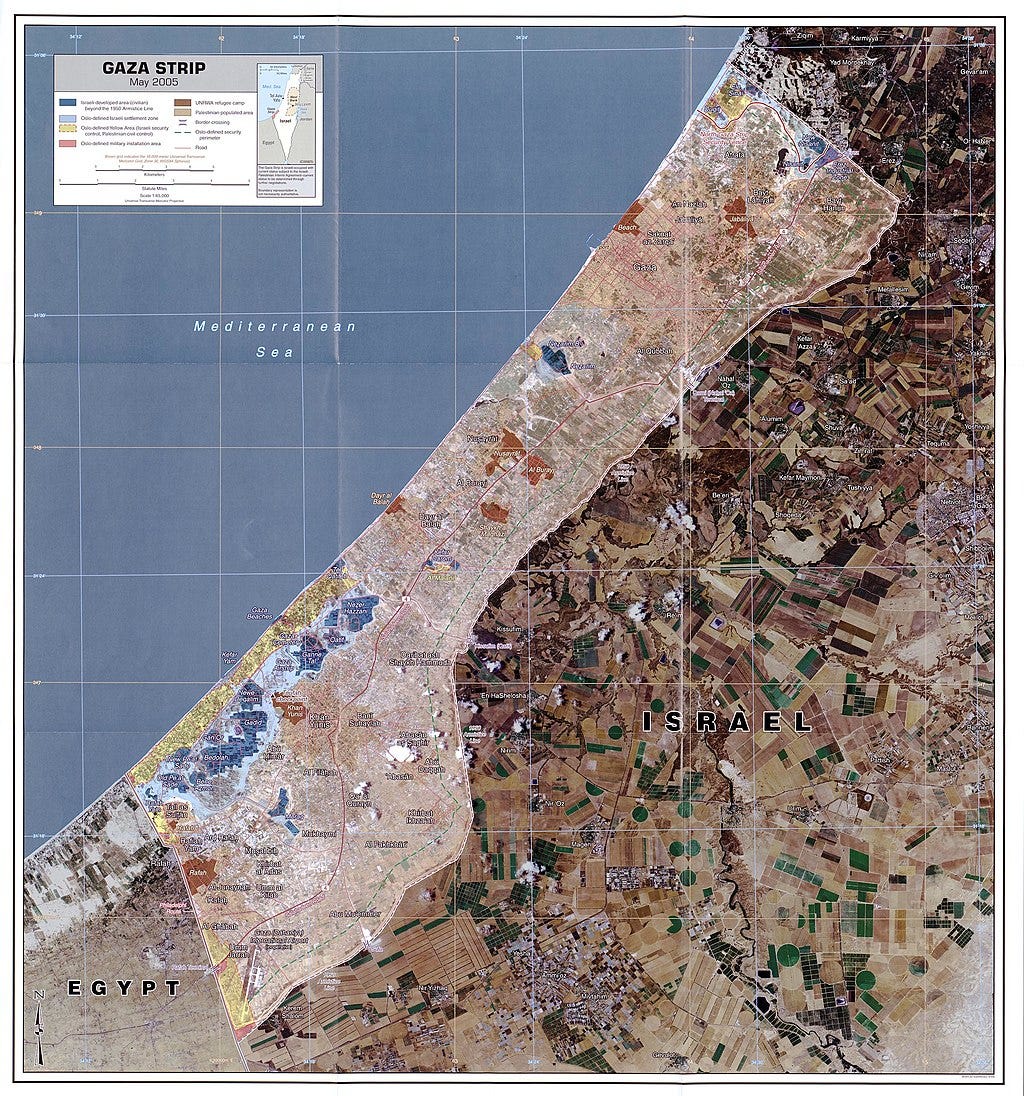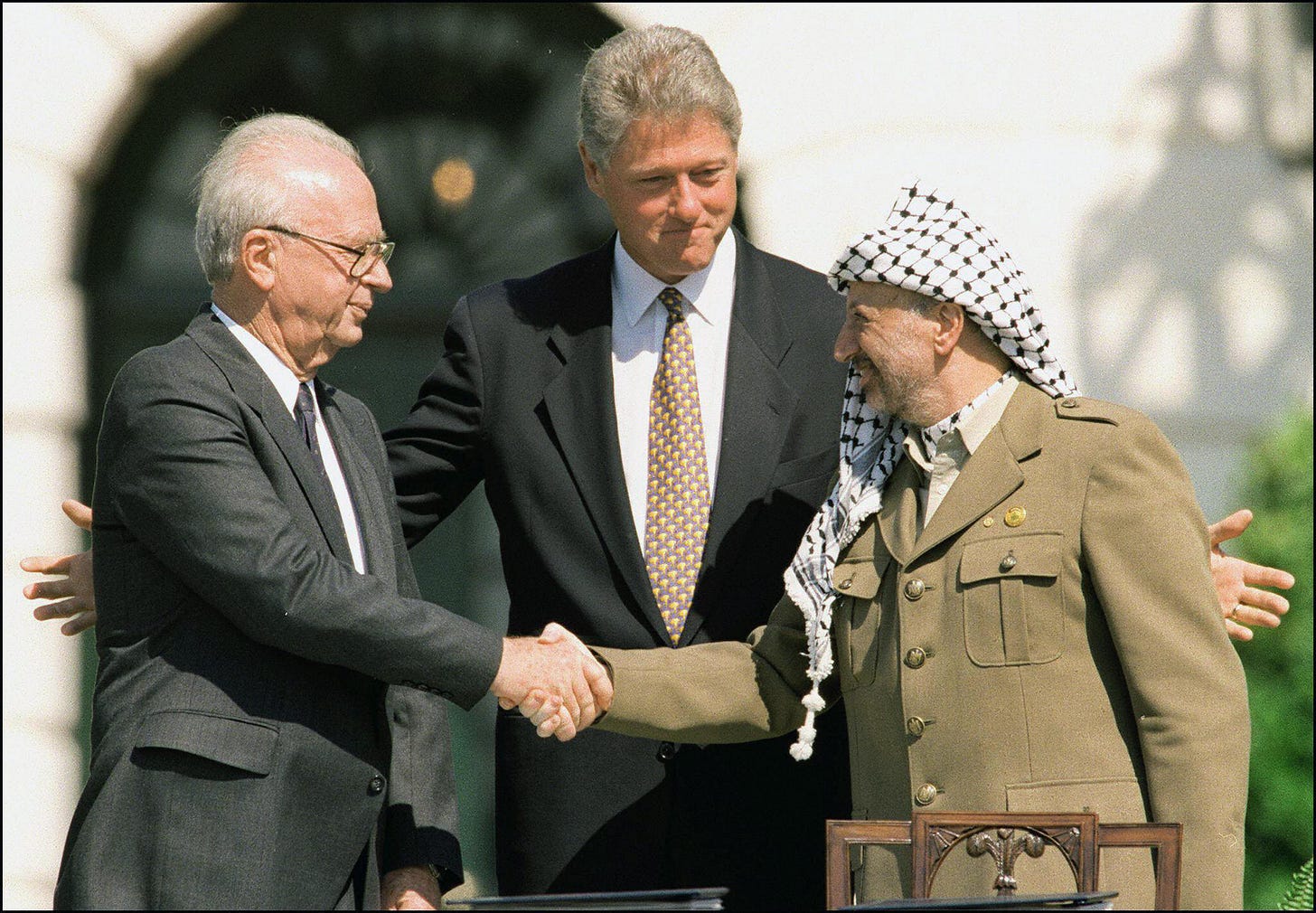Gaza Strip: Changing Hues Since World War II
Gaza Strip: Looking back from today’s status
The Gaza Strip, as it exists today, has a complex history that can be traced back to the aftermath of the Second World War and the subsequent Israeli-Arab conflicts. Here's a brief chronology of key events leading to the current situation in the Gaza Strip:
British Mandate: Prior to World War II, the area that now comprises the Gaza Strip was part of the British Mandate for Palestine. In 1947, the United Nations approved a plan to partition Palestine into separate Jewish and Arab states, with Jerusalem under international administration. Gaza was to be part of the Arab state.
1948 Arab-Israeli War: Following the declaration of the State of Israel in May 1948, neighboring Arab states, including Egypt, Jordan, and Syria, launched a military intervention against Israel. The Gaza Strip came under Egyptian control as a result of this war, while the West Bank was controlled by Jordan.
1956 Suez Crisis: In 1956, Israel, the United Kingdom, and France launched a military campaign against Egypt in response to the nationalization of the Suez Canal. Israel briefly occupied the Gaza Strip during this conflict but withdrew under international pressure.
1967 Six-Day War: In the Six-Day War of 1967, Israel gained control of the Gaza Strip, along with the West Bank, East Jerusalem, the Sinai Peninsula, and the Golan Heights. This marked the start of Israel's occupation of the Gaza Strip, which lasted for nearly four decades.
Impact of Camp David Accords: The Camp David Accords in 1978 primarily addressed the relationship between Israel and Egypt, particularly regarding the Sinai Peninsula. While they did not directly address the Gaza Strip, the accords set a framework for future negotiations and peace agreements in the region. They contributed to the broader context of Middle East peace efforts, which later included negotiations on the status of the Gaza Strip and the West Bank.
Oslo Accords: In the early 1990s, negotiations between Israel and the Palestine Liberation Organization (PLO) resulted in the Oslo Accords. These agreements led to the establishment of the Palestinian Authority (PA) and the division of the West Bank and Gaza Strip into areas of Palestinian self-rule. However, Israel maintained control over borders, security, and settlements.
Disengagement Plan (2005): In 2005, Israel unilaterally withdrew from the Gaza Strip, dismantling settlements and evacuating Israeli settlers. This move was intended to reduce security and demographic challenges but did not result in a comprehensive peace agreement1.
Hamas Takeover (2007): Following the 2006 Palestinian legislative elections, the militant group Hamas won a majority in the Palestinian Legislative Council. This led to tensions with the Fatah-led Palestinian Authority. In June 2007, Hamas seized control of the Gaza Strip, effectively splitting Palestinian territories into two separate entities, with the West Bank under Palestinian Authority control and Gaza under Hamas rule.
Blockade and Conflicts: The Gaza Strip has been subject to an Israeli blockade since 2007, restricting the movement of goods and people in and out of the territory. This has led to humanitarian challenges. Over the years, there have been several conflicts between Israel and Hamas in Gaza, resulting in significant civilian casualties and damage.
Current Status: Today, the Gaza Strip remains under the de facto control of Hamas, while Israel maintains control of its borders, airspace, and access points. The political and humanitarian situation in Gaza remains complex, with efforts to find a lasting solution to the Israeli-Palestinian conflict ongoing but elusive.

Why Israel Gave Up Control of Gaza Strip in 2005?
Israel pullout from Gaza in 2005 In the annals of the Israeli-Palestinian conflict, the year 2005 stands out as a pivotal moment when Israel undertook a unilateral action that reverberates to this day. The 'Gaza Disengagement Plan,' as it was known, ma…








